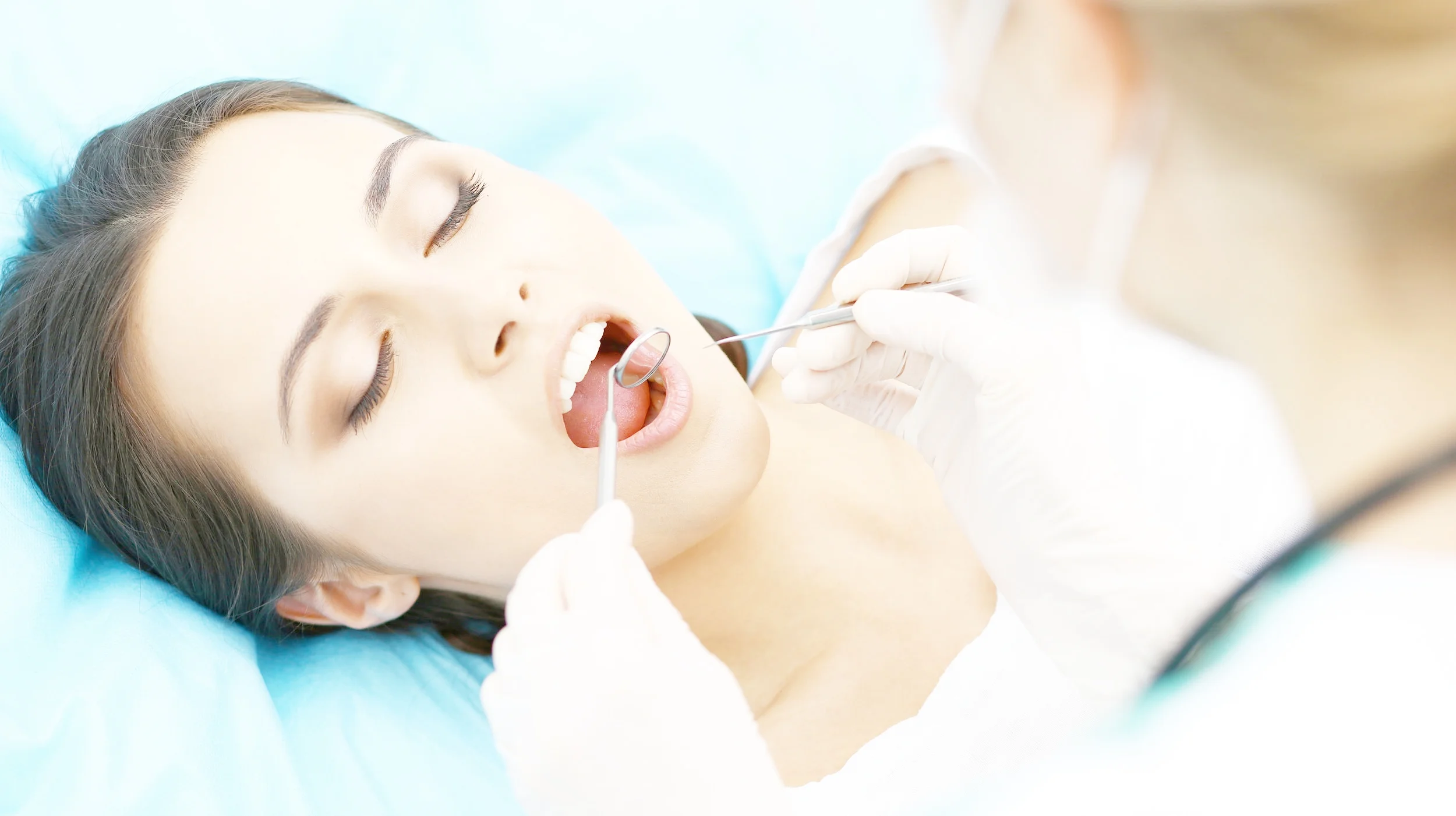Periodontal Treatment
Periodontal disease is an inflammatory disease that affects the soft and hard structures supporting the teeth (ie. the bone, gums and fibers that attach these things). Among the causes for periodontal disease are genetic susceptibility, smoking, and illnesses such as diabetes (especially if left untreated). Periodontal maintenance involves removing plaque and tartar/calculus (or hardened plaque) from above (scaling) and below (root planing) the gum line. Most gum diseases are preventable with proper oral hygiene. However, what can start out as gingivitis (inflamed or bleeding gums) can quickly turn into periodontitis (it's scary and more serious brother). With gingivitis, you might experience bad breath and bleeding, tender gums. This occurs as the gums pull away from the tooth to create “pockets,” thereby exposing a dental root to infection. Once the dental root and the bone anchoring the root become infected, it can lead to loose teeth, painful chewing, abscesses and other complications that ultimately lead to tooth lose.
Diagnosing Gum Disease
In order for us to determine your periodontal health, our initial Comprehensive Exam and annual dental hygiene appointments will include an assessment of the health of your gums, and your bone levels. This assessment begins intra-orally, where we look at the colour, shape, and bleeding tendencies of your gums as well as with measurements of the pockets surrounding your teeth. This information is then coupled with the information on your dental X-rays, which can show us the amount of space between your bone and the crown of your tooth. From there we can determine your periodontal status and suggest a suitable periodontal maintenance program for you. Some people are suggested to visit our dental hygienist every 3 months, while others can wait 12 months.
Gum Graft or Gingival Graft
The gums (or gingiva) protect the roots of our teeth. In some patients the gums can recede or wear away. This recession leads to exposure of the root surface.
Sometimes the way we choose to treat gum recession is by doing a procedure called a gingival graft. This procedure involves grafting some palatal tissue (from the roof of your mouth) over the site of root exposure, or recession. This has many benefits including protecting the root from cavities, reducing recession, and improving the gingival health surrounding the tooth/teeth.
